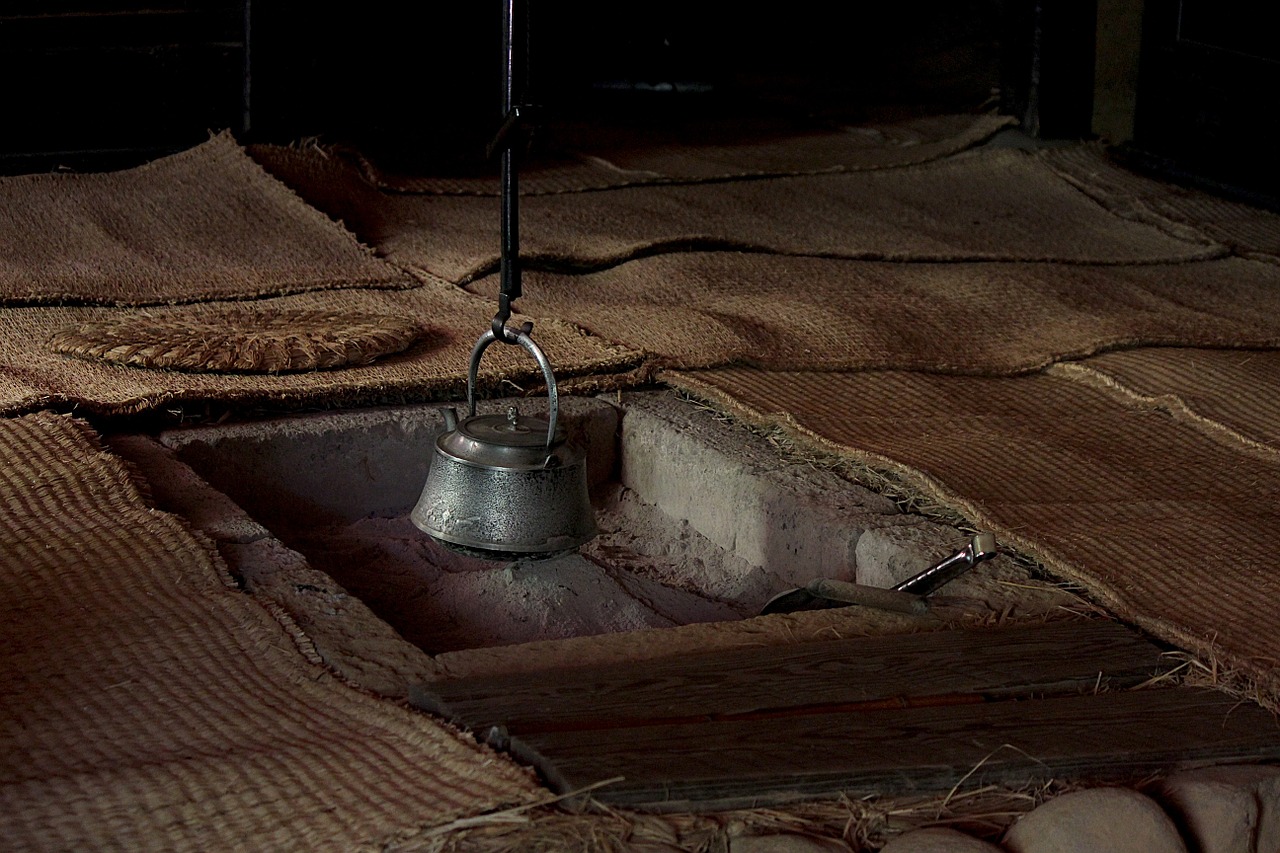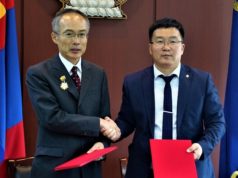
About eight years after the nuclear disaster in Fukushima, the return to the city of Okuma begins right next to the damaged Japanese nuclear power plant. A few days ago, the authorities declared a major part of the ghost town safe. But not all former inhabitants trust in peace.
After the reactor accident, which is considered the second worst in history after Chernobyl in Ukraine in 1986, tens of thousands of people had to flee the danger zone. After long decontamination work, the radioactive contamination in Okuma had dropped significantly, it was said. According to the Japanese daily newspaper „Asahi Shimbun“, two districts were released in the west of the city.
Nevertheless, according to the British „Guardian“ risked for the time being just under 370 of the originally more than 10,000 residents of the city’s return. The greater part of the city in the prefecture of Fukushima in the west of the island Honshu remain until further restricted area.
Only a few want to stay
The British daily, citing the Japanese news agency Kyodo, said that most people had come back only a short time to see their homes, that no 50 people had intended to stay overnight. The reactor disaster came after an earthquake and tsunami on 11 March 2011 at the Fukushima Daiichi nuclear power plant (Fukushima I). Overall, after a multiple meltdown more than 150,000 people had to flee the danger zone.
Eight years later, the city administration seems to be struggling to get people to come back. In May, a new town hall should be opened, and also the infrastructure of the city had been partially renewed. „Asahi Shimbun“ spoke of about 50 projects.
The fear is still there
However, the fear of people from health risks or late effects of radioactive contamination was great, especially among families with small children, a survey of „Asahi Shimbun“ revealed. Nearly two-thirds of former residents are afraid of radiation, the Guardian reported. Some 40,000 people could not go back, many of those who could, did not want it. Some would have built a new life elsewhere and would probably never come back.
Many exclusion zones have already been repealed, it was said last, still applied in the entire nearby city of Futaba and on the site of the damaged nuclear plant or around it. The government wants to show that life in the Fukushima region is slowly returning to normal eight years after the nuclear disaster, wrote the Guardian. That was also the purpose of a visit by Prime Minister Shinzo Abe. The British newspaper also referred to the Summer Olympic Games next year in the Japanese capital Tokyo.
Radiant contaminated sites for decades
Recently, however, several media reported that the power plant site was not as safe as insured by the government and operator Tokyo Electric Power (TEPCO). The radiation in areas that were declared safe, was in fact too high, it said. In addition, contaminated water was stored in tanks on the reactor site and its disposal was difficult.
The decontamination measures are enormously expensive. In March, the Guardian reported that so far around 70,000 people had been busy digging up contaminated soil. According to estimates, it should be more than 14 million cubic meters – roughly several hundred thousand to one million four-axle trucks full. According to the plan, the soil is to be temporarily stored and gradually deposited in a final repository until 2045. Only: There is not such a one, because no one in the country wanted to have the irradiated cargo.



